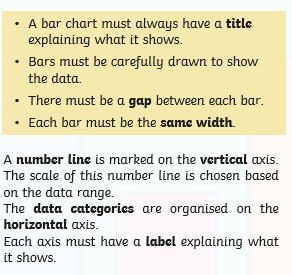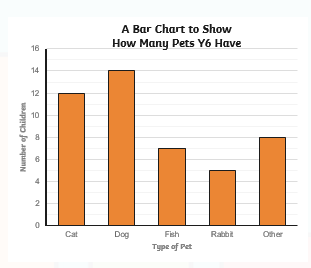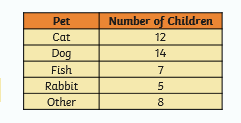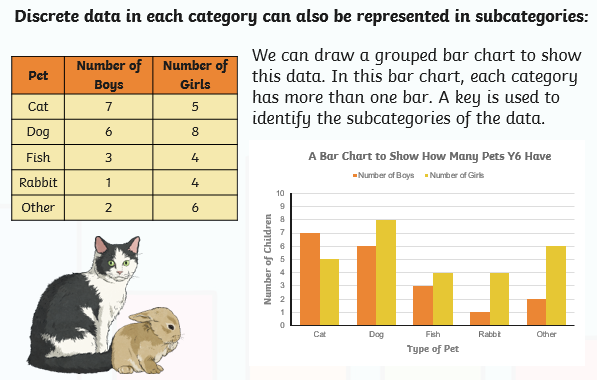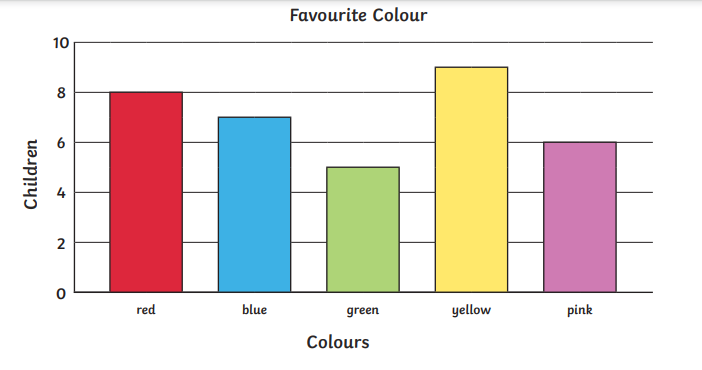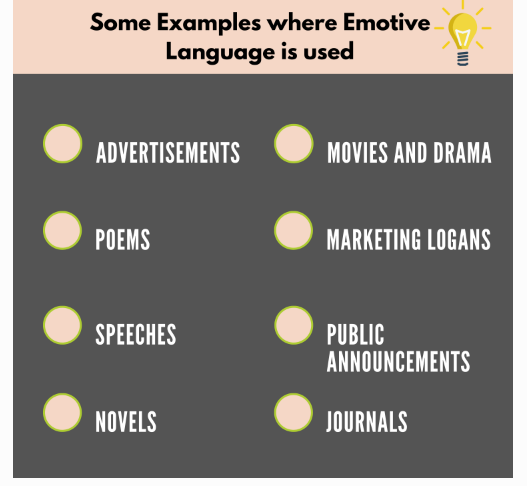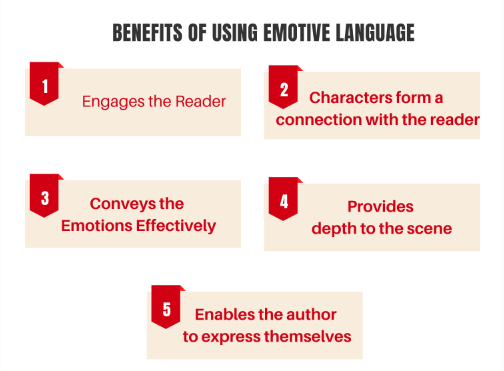Thursday 7th January 2021
Good Morning,
I hope your week is going well but if you need anything at all please email me on lsmurthwaite@four-elms.kent.sch.uk.
I look forward to seeing the work you complete. :)
Mrs Smurthwaite
|
Time |
Learning |
||||||||||||
|
9-9:30 |
TT Rockstars – 2 studio sessions and 2 sound checks before you go onto garage. Don’t forget you can challenge me and I will be challenging you too! |
||||||||||||
|
9:30 – 10.30 |
LO: to know what a bar chart is and understand how to interpret one accurately SC1: I can define and understand what a bar chart is SC2: I can identify the key features of a bar chart SC3: I can use the information in a bar chart to interpret discrete data Re-cap – Discrete data!
Let’s have a go at interpreting the data together before you go off and try some for yourselves!
Here is a bar chart showing some children’s favourite colours. Have all the correct features been included?
Now let’s have a go at answering some questions together about the data we have been given… 1. What is the least favourite colour? By looking at each bar, it is clear straightaway which is the shortest? Can you see it’s the GREEN bar? Once we have identified the shortest, we now need to look along the vertical axis to see exactly how many children preferred green. The bar is exactly halfway between the 4 and the 6, so that must be 5! 2. How many children chose yellow as their favourite colour? By looking at the yellow bar, we can see that it stops exactly halfway between 8 and 10 on the vertical axis. It must be 9! 3. How many children chose pink or red as their favourite colour? We are being asked about two colours choices here so what might we need to do? Yes, we need to add how many children preferred red to how many preferred pink. Then, we will have our answer –there were 8 children who preferred red and 6 who preferred pink, 8 + 6 = 14. 14 is our answer! Now it’s your turn! Activity: Complete the questions from the bar charts activity sheet attached below. There is a green, orange and red chilli challenge. Complete the one you would normally do in class. You all know what chilli level you are. Green chillies, if you whizz through your question have a go at the next chilli challenge. This will give you an opportunity to apply the knowledge you have gained. Extension: Have a think about some information you would like to find out about and represent (it is tricky in lockdown but be creative!). Then create a bar chart to represent it. You should record the data in a table first. Then, think of some questions you could ask someone to interpret about your bar chart. Feel free to have a look at my example to help you. Finally, identify you SC in your work.
|
||||||||||||
|
10:30-11:00 |
Break time/snack time Exercise – e.g. mindfulness yoga, fresh air in the garden, run up and down the stairs seeing if you can get faster every time! You need to keep your body active so that your brain can keep active too. |
||||||||||||
|
11:00 – 12.00 |
English LO: to know what emotive language is and understand how it is used to create descriptive writing SC1: I can define what emotive language is and where it is used SC2: I understand how it is used to create descriptive writing SC3: I can give examples of where emotive language has been used and comment on its impact What is emotive Language? Emotive Language is the type of language which creates an emotion in the mind of the reader. It requires choosing the words carefully which best convey the emotions and phrase them in such a way that it has the most impact on the audience. Emotive language is used all the time, all around us and as explained, aims to affect the reader or audience. Here are some examples of where you may come across emotive language:
Why use emotive language? Can you think about why emotive language exists and is used so widely? In the video I will be further explaining each benefit.
Effective emotive language could be the difference between reading or seeing/ hearing something and forgetting all about it as you weren’t impacted at all, and reading or seeing/hearing something and it creating a feeling in you that is powerful and makes you feel strongly or makes you want to act upon it. Task 1: You will need to think about all we’ve discussed (you might want to replay the video up until I say pause) and create your own notes/ recording about where emotive language is used and the benefits of using it. You could do this in bullet points, as a mind or bubble map, or a combination of both. Feel free to have a look at my attached example. Task 2: Attached, is a word bank with lots of emotive language. We are going to have a go at choosing some of the words and using them to create a high quality descriptive sentence. We will then reflect on how it makes us feel. I have started by doing a few for us to look at and discuss…
Now it’s your turn to choose 3 or 4 more and create a high quality sentence for each, including the emotions they evoke. You could even read them to someone at home to see how each one makes them feel and add their emotions too! Task 3: As we are reading Kensuke’s Kingdom, it’s important that we now look at Michael Morpurgo’s use of emotive language and identify the impact it has. Please read the attached passage from Chapter 4, ‘Gibbons and Ghosts’ (it’s a sneak peak into today’s chapter!) and highlight any words or phrases you feel are emotive. Can you write a few sentences about how the emotive language in the passage makes you feel overall? |
||||||||||||
|
12:00- 1:00 |
Lunch |
||||||||||||
|
1.00 – 1.15 |
Wellbeing Exercise is so important to your wellbeing as it releases endorphins making you happy! Yay!! Go onto the ‘The body Coach TV’ YouTube channel and join in with one of the PE sessions from lockdown https://www.youtube.com/watch?v=Rz0go1pTda8&list=PLyCLoPd4VxBsXs1WmPcektsQyFbXTf9FO or complete a cosmic kids yoga session on YouTube https://www.youtube.com/user/CosmicKidsYoga Or try jumpstart on YouTube |
||||||||||||
|
1:15- 2.15 |
Geography Project LO: to know key geographical language (northern, southern, eastern and western hemisphere) and understand how this applies to maps SC1: I know that there are four hemispheres (northern, southern, eastern and western) SC2: I can show the hemispheres on a map SC3: I can name some of the countries in each hemisphere Please watch these short videos to recap on our previous learning and to introduce you to the four hemispheres. https://kids.britannica.com/kids/article/hemisphere/346139 Here is some more information about the hemispheres; What is a hemisphere? A hemisphere is half of a sphere, or ball. People use the word to describe one half of Earth. Geographers, or people who study Earth, have divided the planet into two sets of two hemispheres. These are the Northern and Southern hemispheres and the Eastern and Western hemispheres. Northern and Southern HemispheresAn imaginary line called the equator divides the Northern and Southern hemispheres. The equator is also called 0° latitude. It runs east and west around Earth’s middle. Places north of the equator are part of the Northern Hemisphere. Places south of the equator are in the Southern Hemisphere.The Northern Hemisphere includes North America, Central America, Europe, and mainland Asia. About half of Africa and a small part of South America are also in the Northern Hemisphere. The rest of Africa, most of South America, and all of Australia and Antarctica lie in the Southern Hemisphere. Eastern and Western HemispheresAnother imaginary line separates Earth into Eastern and Western hemispheres. On one side of Earth, this line is called 0° longitude, or the prime meridian. It runs from the North Pole to the South Pole through western Europe, western Africa, and the Atlantic Ocean. On the other side of Earth, the line is called 180° longitude. It runs from the North Pole to the South Pole through the Pacific Ocean.The Western Hemisphere lies west of 0° longitude and east of 180° longitude. It includes North America and South America. The Eastern Hemisphere lies east of 0° longitude and west of 180° longitude. It includes almost all of Europe and Africa and all of Asia and Australia. About half of Antarctica lies in the Eastern Hemisphere, and about half lies in the Western Hemisphere. Your Activity: Using the facts you have learnt and from looking closely at the world maps, you are going to create your own map illustrating the four hemispheres. There are some extra fact pages included in your attachments – Northern and Southern Hemisphere Facts. There are also some maps and diagrams which you should have a close look at! If you have a printer, then print a world map (it must include accurate reference to the equator and Greenwich meridian) and using facts, labels and lines, show each hemisphere on the map. If you don’t have a printer, you could either use Word or any other program to add the hemispheres onto an online map. You could also attempt your own world map on paper but make sure you have an accurate map to work from. When you have finished your map drawing, please make a list of 5 different countries or cities that fall into each hemisphere, e.g, South East, South West, North East and North West. Extension: Is there more you want to find out about the four hemispheres? Feel free to do some more research and write down any notes you feel are important or interesting. Finally, identify your SCs in your work. Can you reflect on what you found challenging in this lesson and what you used to help you? Did you demonstrate resilience or self-awareness during this lesson? This powerpoint also has some information about the hemispheres too, but is a great re-cap of your previous Geography learning this week! |
||||||||||||
|
2.15 – 2.30 |
Assembly
|
||||||||||||
|
2:30 – 3.00 |
Guided reading LO: to know how to infer characters thoughts and feeling from details given SC1: I can identify important emotive words and phrases SC2: I can use my knowledge of emotions to infer how a character may be feeling SC3: I can relate a characters thoughts and feelings to events in my own life As we have studied it closely, we are going to use the same extract from Chapter 4, ‘Gibbons and Ghosts’ that you used in your English learning today. Some of the ideas will be linked so if you’ve completed your English Task 3, you may already have some ideas. In this extract, Michael is in a very dangerous situation. What words and phrases are used to give us a sense of this? Make a list. Much of this extract is Michael’s thoughts – how are some of the sentences written to give you a sense of his racing brain at this point? Can you give some examples? Despite the very scary situation, towards the end of the extract, Michael appears remarkably positive and motivated – what examples are there to show this? Have you ever been in a scary or unpleasant situation that you have remained calm and thought positively about (maybe a football match that’s gone wrong, some learning you’re finding too challenging etc.)? Can you write an example? |
||||||||||||
|
3.00 – 3.15 |
Story Time – Kensuke’s Kingdom (next chapter for guided reading tomorrow)
|


